As Environmental Management standards continue to evolve, industries utilizing Sodium Cyanide are facing increasing scrutiny regarding their waste disposal practices. Sodium cyanide, widely used in mining and chemical processes, generates significant amounts of hazardous waste liquid that, if mishandled, can pose serious risks to human health and the environment. To mitigate these risks, various recovery methods have been developed to recycle sodium cyanide waste liquid effectively.
1. Acidification Method
One of the most established methods for recovering Sodium cyanide waste is the acidification process. This technique involves the addition of sulfuric acid to cyanide wastewater, adjusting the pH to approximately 1.5. This adjustment facilitates the conversion of cyanide ions (CN-) into hydrogen cyanide (HCN), a gas with a notably low boiling point of 26.5°C. At room temperature, HCN can escape from the solution, allowing for its collection.
The liberated HCN gas is then channeled into an absorber, where it is absorbed by a sodium hydroxide or calcium hydroxide solution. This process yields a concentrated cyanide solution, typically ranging from 20% to 30%, which can be recycled for industrial use. While effective, this method requires careful handling due to the toxic nature of HCN, necessitating stringent safety protocols for personnel involved in the process.
2. Ion Exchange Method
Another promising technique for sodium cyanide waste recovery is the ion exchange method. This process employs anion exchange resins that exhibit a strong affinity for various metal cyanide complex ions present in the wastewater. Through a series of adsorption and desorption cycles, both cyanide and valuable metals can be effectively removed from the liquid.
The ion exchange method offers the advantage of producing high-quality purified water, making it a desirable option for industries aiming to meet stringent environmental regulations. However, it is not without its challenges. The anion exchange resins used in this process tend to have a small particle size and may lack sufficient mechanical strength, leading to potential operational difficulties. Additionally, the complexity of the process and the higher associated costs can deter some industries from adopting this method.
3. Activated Carbon Adsorption Method
Activated carbon adsorption is another widely recognized method for treating sodium cyanide waste liquid. The unique microporous structure and hydrophobic surface of activated carbon provide a strong affinity for toxic substances in water, making it an effective solution for removing low-concentration contaminants.
The effectiveness of activated carbon adsorption lies in its vast internal pore network and large specific surface area, which facilitate the trapping of harmful substances. This method is particularly advantageous for industries seeking a reliable and efficient means of detoxifying wastewater. However, the performance of activated carbon can be influenced by factors such as the concentration of contaminants and the presence of competing substances in the wastewater.
4. Safety Protocols and Regular Testing
Regardless of the recovery method employed, safety remains a paramount concern in the handling of sodium cyanide waste. Personnel involved in the treatment process must adhere to strict safety protocols, including the use of rubber oil-resistant protective gloves and other personal protective equipment (PPE). Regular testing of water quality is also essential to ensure compliance with environmental regulations and to monitor the effectiveness of the recovery methods in place.
Testing should be conducted by qualified personnel who can accurately assess the concentration of cyanide and other hazardous substances in the wastewater. This proactive approach not only safeguards the health of workers but also helps to prevent potential environmental contamination.
Conclusion
As industries continue to grapple with the challenges posed by sodium cyanide waste, the development and implementation of effective recovery methods are crucial. The acidification method, ion exchange process, and activated carbon adsorption each offer unique advantages and challenges, highlighting the need for a tailored approach based on specific operational requirements.
By prioritizing safety and environmental compliance, industries can not only mitigate the risks associated with sodium cyanide waste but also contribute to a more sustainable future. As regulations become increasingly stringent, the adoption of innovative recovery methods will be essential in ensuring that the use of sodium cyanide remains responsible and environmentally sound.
- Random Content
- Hot content
- Hot review content
- Magneto Electric Detonator(Anti stray current)
- Thiourea 99% high activity Professional Producer
- Antimonium Tartrate Potassium
- Feed Grade 98.0% Calcium Formate
- Food Grade Ammonium Sulphate
- Cupric Chloride 98%
- Cobalt Sulfate 98% Brown yellow or red crystal
- 1Discounted Sodium Cyanide (CAS: 143-33-9) for Mining - High Quality & Competitive Pricing
- 2China's New Regulations on Sodium Cyanide Exports and Guidance for International Buyers
- 3Sodium Cyanide 98% CAS 143-33-9 gold dressing agent Essential for Mining and Chemical Industries
- 4International Cyanide(Sodium cyanide) Management Code - Gold Mine Acceptance Standards
- 5China factory Sulfuric Acid 98%
- 6Anhydrous Oxalic acid 99.6% Industrial Grade
- 7Oxalic acid for mining 99.6%
- 1Sodium Cyanide 98% CAS 143-33-9 gold dressing agent Essential for Mining and Chemical Industries
- 2High Quality 99% Purity of Cyanuric chloride ISO 9001:2005 REACH Verified Producer
- 3Zinc chloride ZnCl2 for High Molecular Weight Polymers Initiator
- 4High Purity · Stable Performance · Higher Recovery — sodium cyanide for modern gold leaching
- 5High Quality Sodium Ferrocyanide / Sodium Hexacyanoferr
- 6Gold Ore Dressing Agent Safe Gold Extracting Agent Replace Sodium Cyanide
- 7Sodium Cyanide 98%+ CAS 143-33-9

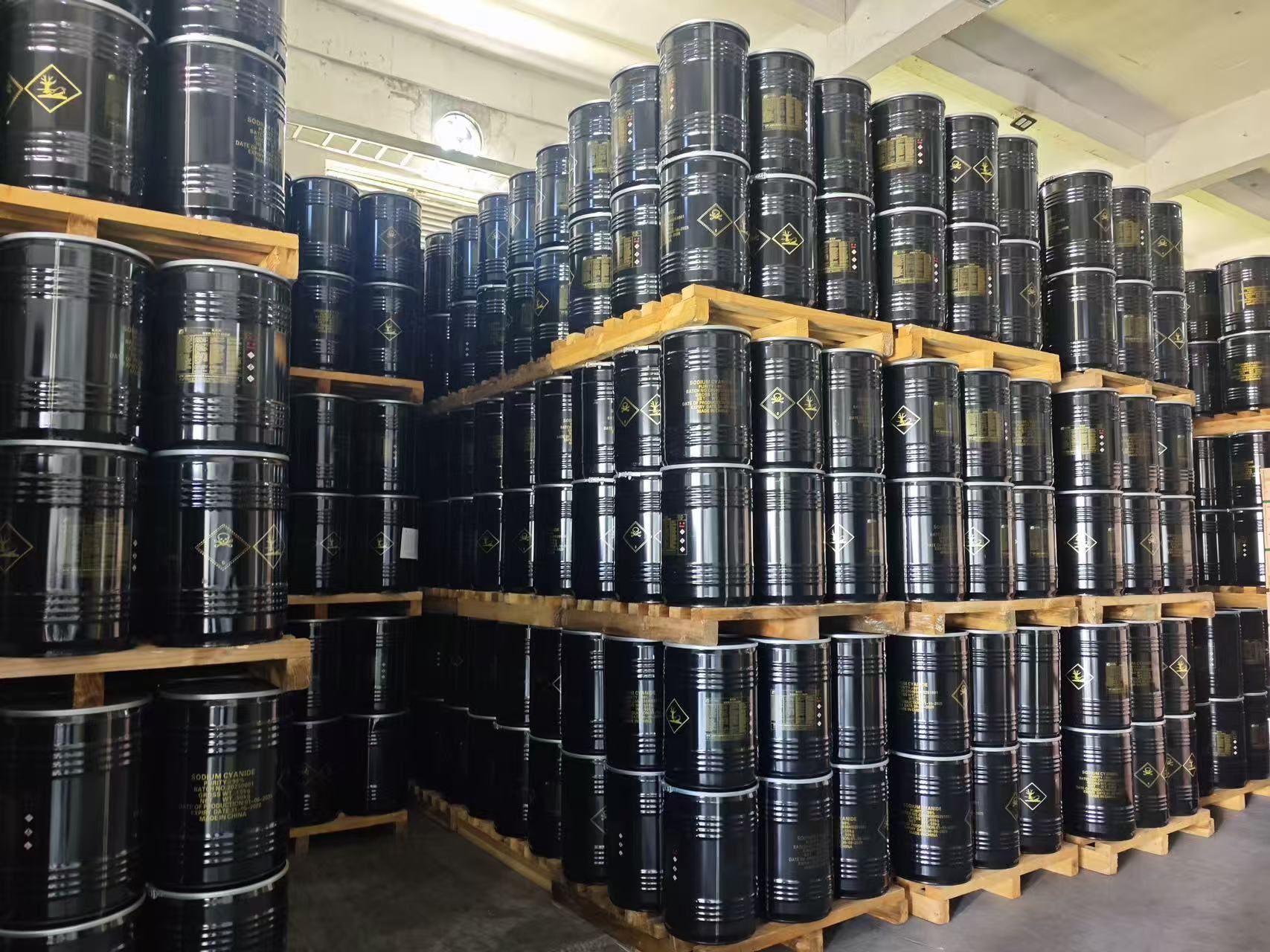
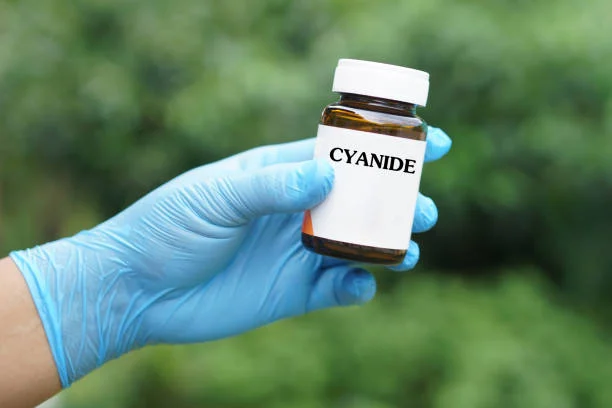
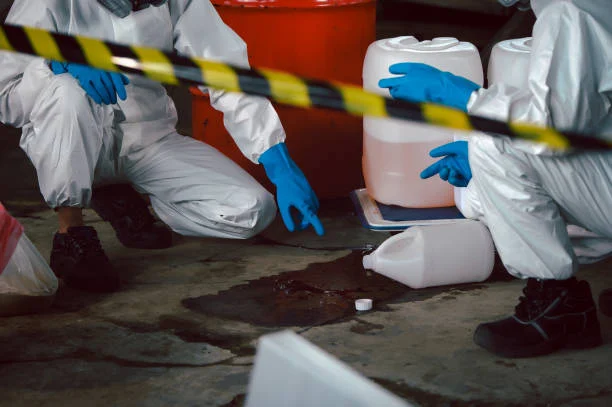
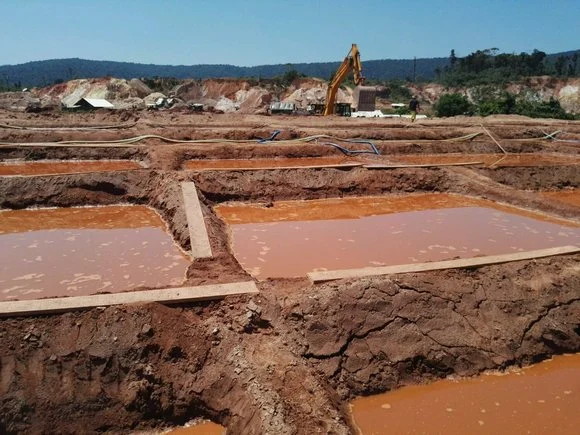
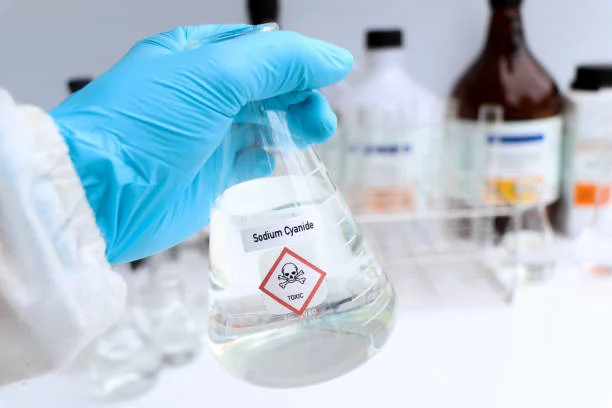


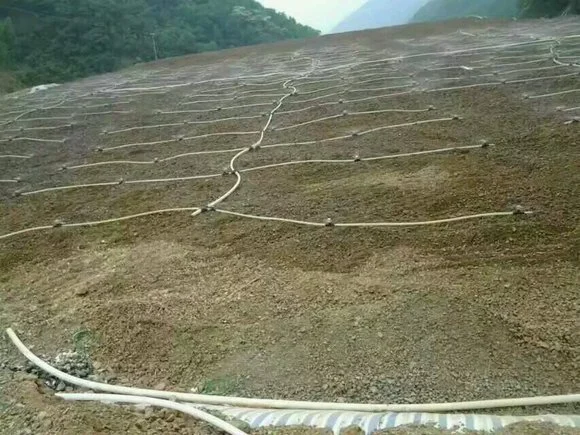


Online message consultation
Add comment: